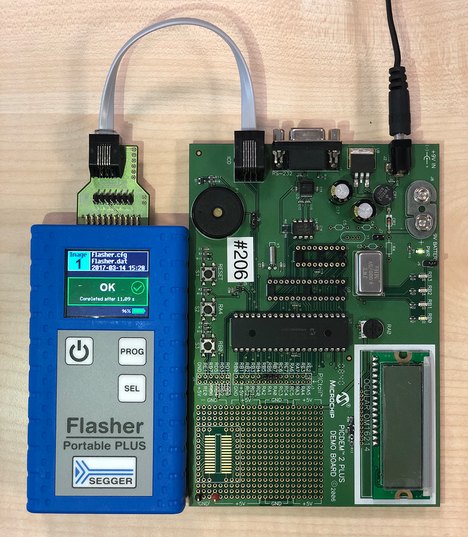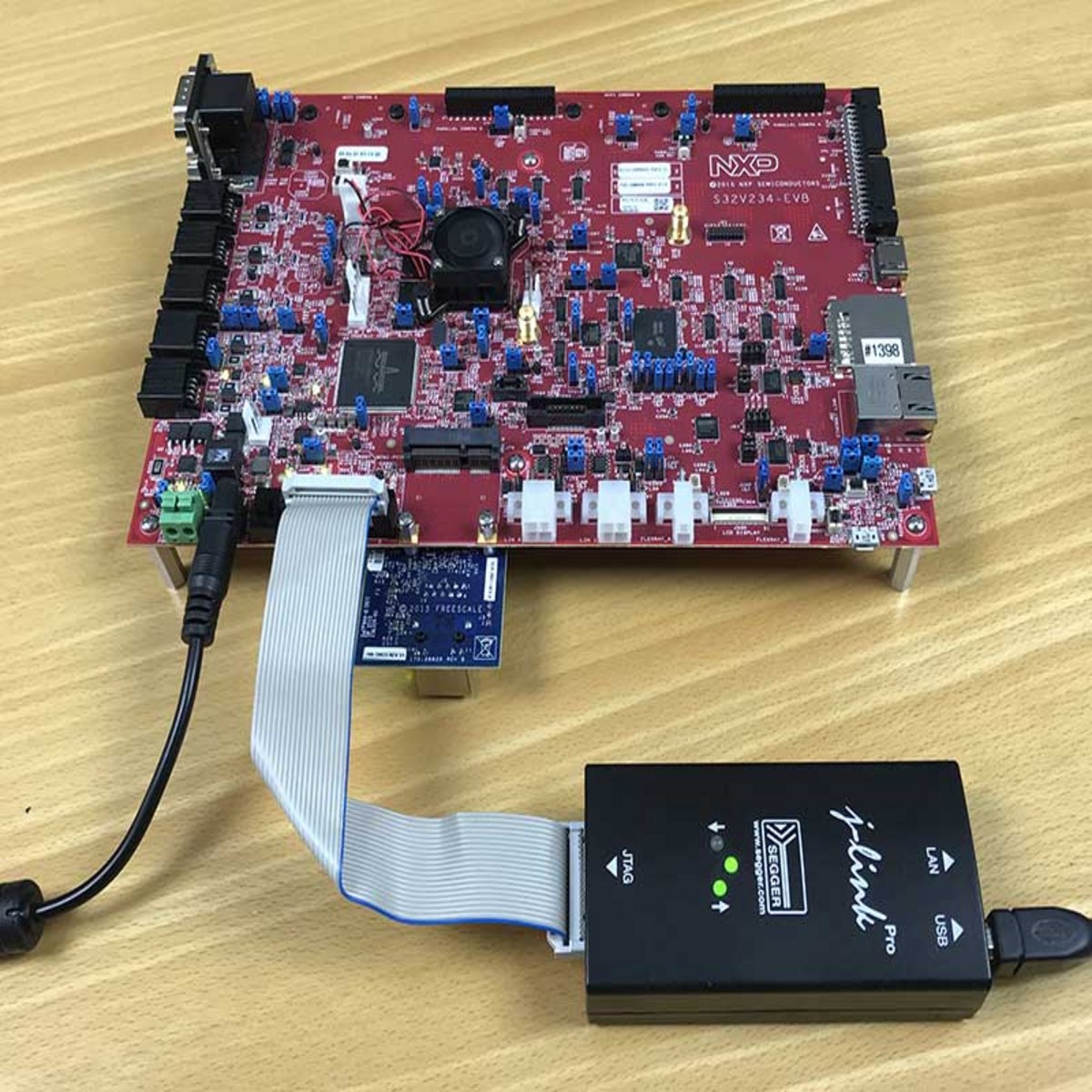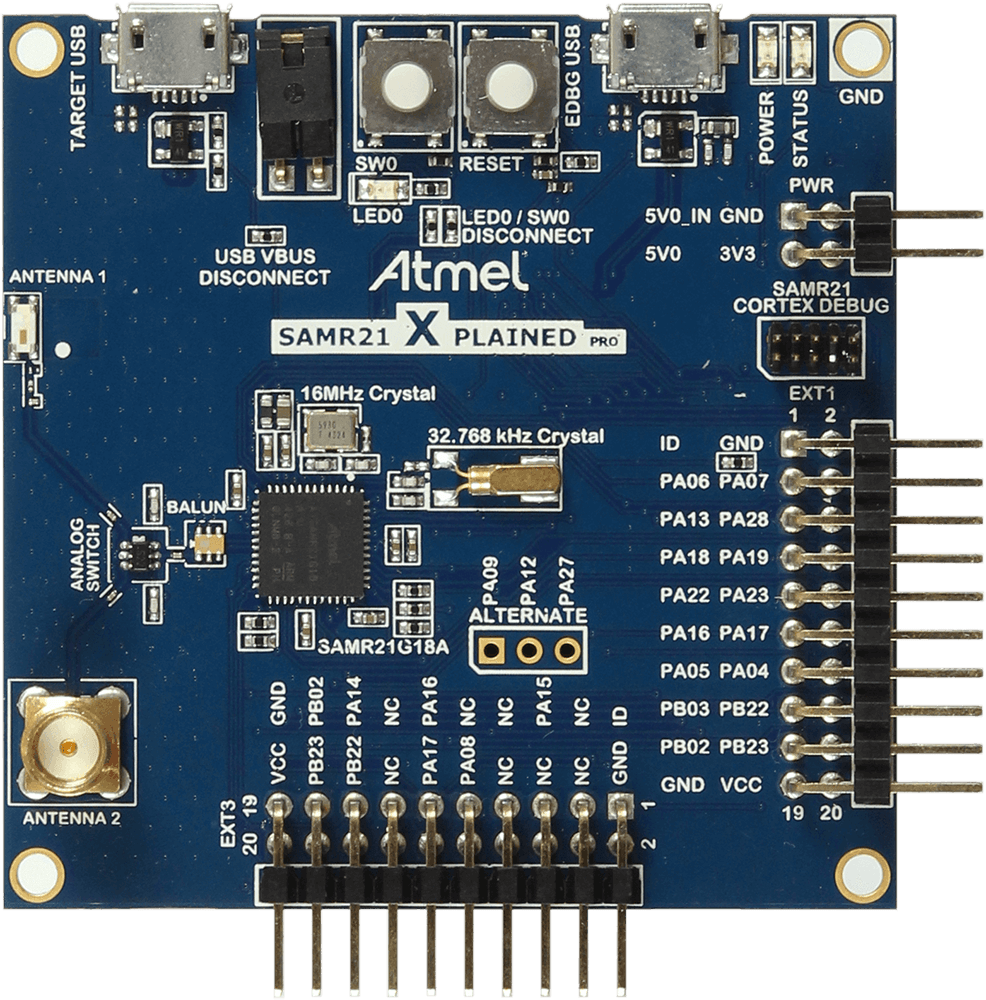
- Segger embedded studio serializer serial#
- Segger embedded studio serializer update#
- Segger embedded studio serializer driver#
- Segger embedded studio serializer windows#
The Keil 5 libraries were built with Keil µVision V5.18a.Įvery Thread example can be built with various toolchains and IDEs. The IAR libraries were built with IAR Workbench 7.80.4.
Segger embedded studio serializer serial#
USB=1 parameter is optional and enables USB CDC support for serial communication. When adding a bootloader to your device, you must be aware of where in the device memory the different firmware components are located.Make -f examples/Makefile-nrf52840 COMMISSIONER=1 JOINER=1 COAP=1 DNS_CLIENT=1 MTD_NETDIAG=1 BORDER_ROUTER=1 MAC_FILTER=1 TMF_PROXY=1 USB=1 Nrfjprog -reset -program application.hex -family NRF52 -sectoranduicreraseĬhange "application.hex" to the file name of your HEX file. The following screenshot shows the required settings for nrfjprog.exe:
Segger embedded studio serializer windows#
nrfjprog.exe is installed with the nRF5 MDK and must be in the Windows system path. To do so, select Project > Options for Target ' xxx' and configure nrfjprog.exe as the tool for flash programming. Therefore, you must configure Keil to use an external tool, nrfjprog.

Segger embedded studio serializer driver#
You cannot write to UICR.BOOTLOADERADDR when using the default J-Link target driver in Keil. No additional action is required since softdevice and UICR are programmed implicitly by Segger Embedded Studio when bootloader application is flashed. See the following sections for instructions for Segger Embedded Studio, Keil, IAR, and nrfjprog directly (if you are using GCC).
Program the bootloader and write to UICR.BOOTLOADERADDR. See Programming SoftDevices for instructions. Programming the bootloader requires the following steps: See the S132 SoftDevice Specification for more details. This must be set to the correct value when you program the bootloader. This start address is defined in either the MBR itself, or in UICR.BOOTLOADERADDR. To do this, the MBR must know the start address of the bootloader. The bootloader supports the case where SoftDevice is not present in the system at all.ĭuring the system startup, the Master Boot Record (MBR) is responsible for starting the bootloader if a bootloader is installed. Only the BLE DFU transport (see BLE) depends on the SoftDevice. The bootloader detects whether the watchdog timer (WDT) is active and feeds it to prevent watchdog reset.īootloader modules, except for the transports, do not depend on the SoftDevice. If one of the following conditions occurs, the bootloader enters the DFU mode: Optionally, the integrity check can be skipped in certain cases to reduce boot-up time ( NRF_BL_APP_CRC_CHECK_SKIPPED_ON_GPREGRET2, NRF_BL_APP_CRC_CHECK_SKIPPED_ON_SYSTEMOFF_RESET). The bootloader checks the integrity of the application before starting. If the DFU mode is entered after the SoftDevice activation, then the timeout is set to NRF_BL_DFU_CONTINUATION_TIMEOUT_MS.īased on information from the settings page, the bootloader determines whether the application exists and where it is located. The inactivity timeout is by default set to NRF_BL_DFU_INACTIVITY_TIMEOUT_MS. The inactivity timer is restarted on any DFU activity. On timer expiration, the bootloader resets. When the DFU mode is entered, the inactivity timer is started. Request from the application written to the settings page ( NRF_BL_DFU_ENTER_METHOD_BUTTONLESS). Special value in GPREGRET register ( NRF_BL_DFU_ENTER_METHOD_GPREGRET),.  Pin reset ( NRF_BL_DFU_ENTER_METHOD_PINRESET),. Button ( NRF_BL_DFU_ENTER_METHOD_BUTTON),. Entering DFU mode is triggered by one of the optional sources:.
Pin reset ( NRF_BL_DFU_ENTER_METHOD_PINRESET),. Button ( NRF_BL_DFU_ENTER_METHOD_BUTTON),. Entering DFU mode is triggered by one of the optional sources:. Segger embedded studio serializer update#
In that case, the bootloader expects that an application update can be requested by the host.
SoftDevice is activated and a valid application is present. The bootloader enters the DFU mode on the following conditions: In the DFU mode, the bootloader activates the DFU transports and the device is ready to receive new firmware. 
In case of updating bootloader, MBR feature is used to perform power fail-safe copy ( SD_MBR_COMMAND_COPY_BL). The bootloader ensures that copying is power fail-safe. Firmware activation involves copying the new firmware in place of the exitsing one (in case of application dual-bank update - see Dual-bank and single-bank updates), and updating the settings page to allow the new firmware to boot. The activation is triggered based on the information in the settings page that is read during boot-up.
current firmware versions (application and bootloader),įirmware activation is the final step of the firmware update process. The settings page contains information about: optionally, entering DFU mode where DFU transports are activated and new firmware can be delivered,Įach bootloader example provided in this SDK contains one DFU transport.įor an overview of its API, see Bootloader modules.Ī page in non-volatile memory (see Memory layout) is used to keep the bootloader and DFU information. 
The bootloader module is responsible for:








 0 kommentar(er)
0 kommentar(er)
